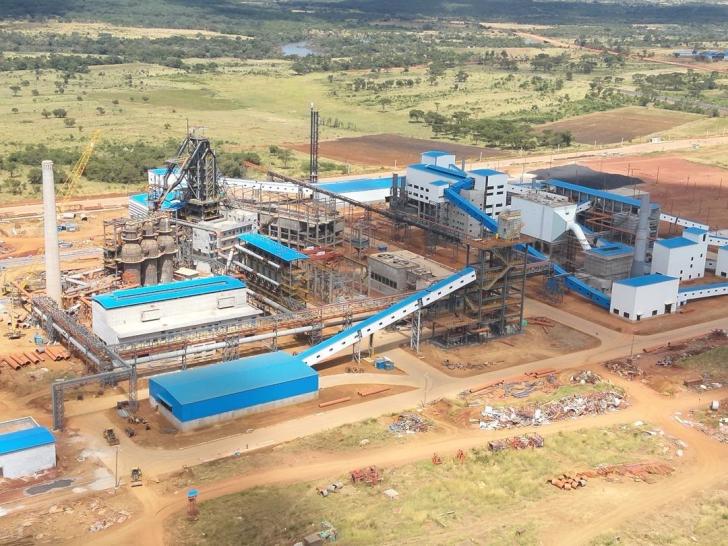The recent announcement by the Chinese-run Dinson Iron and Steel Company of a 60-day shutdown has sent ripples through Zimbabwe’s mining sector, raising concerns for the future of one of Africa’s largest iron mining projects. This decision, affecting approximately 2,000 workers, comes just three years after President Emmerson Mnangagwa inaugurated the ambitious venture, which was expected to significantly boost the country’s economy.
Reasons for the Shutdown
In a joint statement, Tichaona Masvanhise, the workers’ committee chairman, and management representative Benson Shumba outlined that the shutdown, scheduled from September 11 to November 11, 2025, is necessitated by a major breakdown in the company’s sintering plant. This critical facility is essential for processing iron ore into a usable form, and the repairs are deemed urgent. Additionally, the shutdown will allow for the completion of commissioning plant equipment that is still undergoing test runs, ensuring that operations can resume smoothly once the repairs are completed.
Management’s Reassurances
Despite the unsettling news, Dinson spokesperson Joseph Shoko has attempted to reassure stakeholders that the shutdown is temporary. He emphasized that the company has sufficient production resources to last for up to 200 years. Shoko also highlighted the company’s ambitious plans to expand its operations, stating, “Before the shutdown, we had one blast furnace with a capacity of 600,000 tonnes per annum, and we aim to reach six.” This expansion is crucial for meeting the growing demand for iron and steel, both locally and internationally.
Worker Concerns and Financial Implications
The shutdown has raised significant concerns among the workforce. In a bid to alleviate some of the financial strain, workers were given US$100 last week to cover travel expenses, which will be deducted from their September salaries. However, the financial implications of the shutdown are profound. In October, employees will either be on leave or face forced unpaid leave if they have exhausted their leave days. This situation has left many workers anxious about their financial stability during the shutdown period.
Skepticism and Uncertainty
While management has provided assurances, skepticism remains prevalent among workers and industry observers. Reports of hundreds of Chinese workers leaving the site daily have fueled fears of a longer or even permanent closure. The exodus of these workers has raised questions about the company’s commitment to resuming operations promptly. Shoko addressed these concerns, clarifying that the Chinese workers were traveling home to visit their families during the downtime, and there are no uncertainties regarding the company’s future.
Historical Context and Industry Scrutiny
The Dinson Iron and Steel Company’s shutdown comes at a time when large-scale mining projects in Zimbabwe are under increased scrutiny. The country has a history of mining collapses, such as the Hartley Platinum Mine disaster in 1999, which has left a lingering fear among stakeholders about the sustainability and safety of such ventures. The Dinson project, which was once seen as a beacon of hope for economic revival, now faces challenges that could undermine its potential.
Conclusion
The 60-day shutdown of the Dinson Iron and Steel Company is a significant event in Zimbabwe’s mining landscape, affecting thousands of workers and raising questions about the future of one of Africa’s largest iron mining projects. While management has provided reassurances about the temporary nature of the closure and the long-term viability of the operation, the concerns of workers and the broader implications for the mining sector cannot be overlooked. As the company navigates this challenging period, the eyes of the nation will be on Dinson to see how it manages this crisis and what it means for the future of mining in Zimbabwe.




